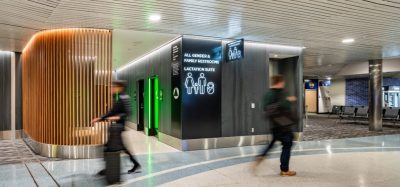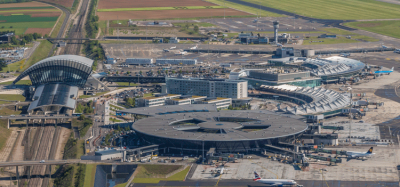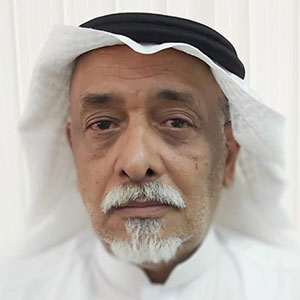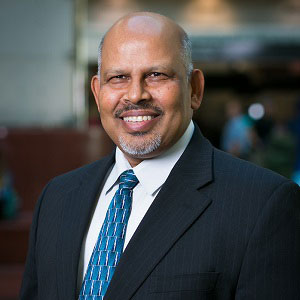Finding the better way: How airports can use design to improve operational efficiency
Posted: 21 May 2025 | Marcelo Mota | No comments yet
Marcelo Mota, Partner & Managing Director at You as a Manager Consulting Ltd, for AIAAN/NBJ Luanda Airport, Angola writes exclusively for International Airport Review on how airports can solve major pain points through intelligent design from the start or best practice in process re-engineering.
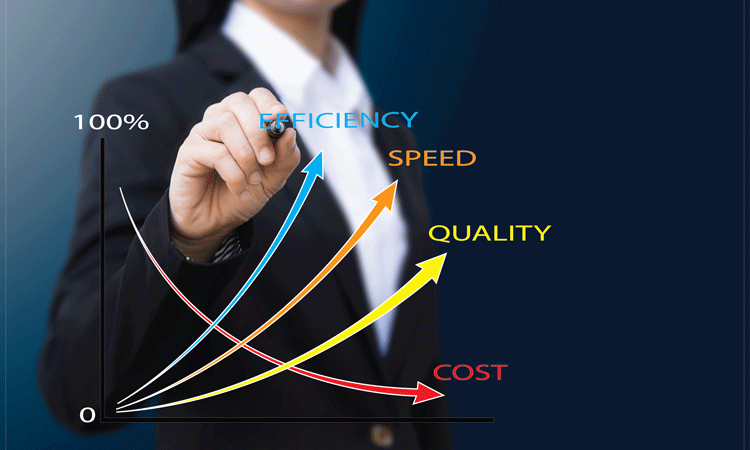

Airports are capital-intensive infrastructures – they require significant investment. They are also critical environments that demand high availability and a high level of operational readiness. Airports must deliver satisfactory service and maintain healthy cash flow while keeping operational costs low.
Applying design principles focused on future operational efficiency at the start of an airport’s planning and construction makes all the difference in its long-term performance.
To achieve these goals, simply running the airport as a tight ship is not enough. Thomas Alva Edison, the prolific American inventor and successful entrepreneur, once said: “There’s a way to do it better – find it.” That statement, just like the old saying that “everything can be done 10% better, faster, cheaper and more efficiently,” applies perfectly to the airport environment.
In practice, many of the requirements for efficient operations and a proper response to air traffic demands and customer needs, can only be met if they are built into the initial design of both the physical infrastructure and operational processes of the airport. In other words, only purpose-built infrastructure (or designed-to-purpose facilities) and best practices in process re-engineering can enable higher levels of operational service effectiveness. Below are some clear examples of how only through design can performance be improved and operational costs optimised.
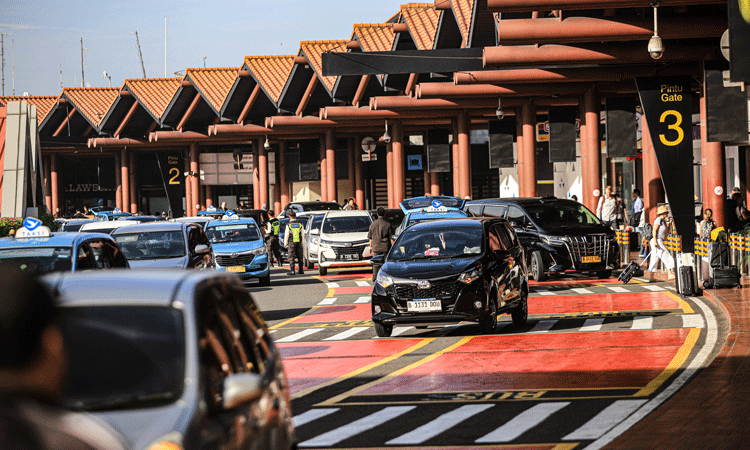

Example 1 – Number of traffic lanes at terminal kerbsides for passenger drop-off and pick-up
Passengers around the world are all too familiar with the exasperating situation of traffic congestion at the kerbside access roads of passenger terminals at airports. No matter how much signage is added or how many traffic enforcement agents are assigned, the usual two or three lanes in front of terminals are simply not enough to handle the massive volume of vehicles (private cars, vans, buses, taxis) passing through. Instead of attempting to fix the problem with procedures or operational teams, the only truly effective solution is to design the terminal with a substantially higher number of lanes (seven to nine). Here, a design concept solves an operational inefficiency.
Example 2 – Providing aircraft utilities at the apron
When aircraft are parked on the apron, they require air conditioning (to keep the cabin cool and comfortable for boarding passengers) and electricity (to power onboard systems and circuitries). Typically, aircraft rely on their auxiliary power unit (APU) – a small onboard gas turbine – for these needs. However, the APU consumes expensive fuel and demands costly maintenance after a certain number of operational hours. A much more advantageous alternative is for the airport to provide pre-conditioned air (PCA) and ground power units (GPU) via equipment installed at passenger boarding bridges. With this design, the airport not only sells utility services – creating a new revenue stream – but also enables airlines to significantly cut operating costs.
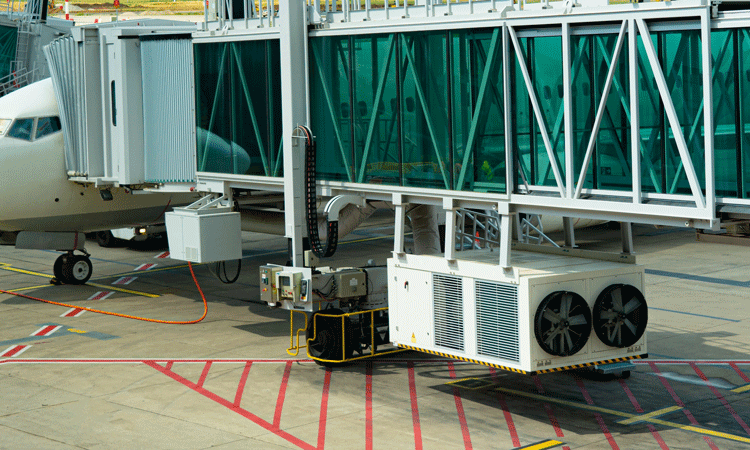

Example 3 – Operational flexibility for reallocating space between international and domestic terminal areas
Passenger terminals are divided into international and domestic sectors (and, in some regions, transborder ones) due to customs and civil aviation security requirements. While necessary and imperative, this segregation can be inefficient in terms of maximising physical space utilisation. A solution that combines structural design with operational procedure re-engineering is to construct terminal piers with movable partitions. These allow sections of the terminal to switch between international and domestic use at different times of the day. This reversibility of space segregation reduces the required footprint of the terminal piers, lowers construction costs and enhances operational efficiency.
Example 4 – “cell phone lot” express parking service
Almost every large airport faces the problem of drivers parking illegally on airport access roads (refusing to park in the designated parking garages) while waiting to pick up passengers. This practice poses a significant traffic hazard. Despite enforcement efforts by the airport operator’s groundside team and the city’s traffic department, the problem persists because enforcement does not address a real, unmet need. The most effective solution implemented by some airports is the creation of a “cell phone parking lot” – a designated area where drivers can wait free of charge for an average of 20 minutes, sponsored by a commercial partner (usually a mobile phone company). After the time expires, drivers must exit the lot to make space for others but may return, if needed. Once again, this is a design-driven solution – a customised parking area that improves safety and operational efficiency.
Other powerful examples of how design impacts customer experience and operational efficiency include elevator size and capacity, spacious restrooms and self-service passenger processing technologies.
So, yes! It is possible to find a ‘better way’, just as Edison believed. Leverage design to uncover opportunities to improve inefficient processes that cannot be fixed with operational resources alone! Applying design principles focused on future operational efficiency at the start of an airport’s planning and construction makes all the difference in its long-term performance. As the writer H.G. Wells said, “What we do today must influence the future.” Otherwise, we risk what Stephen Covey, author of the book ‘The 7 Habits of Highly Effective People’, warned: “If we keep doing what we’re doing, we’re going to keep getting what we’re getting.”


With 30+ years of experience in the energy, IT, airports, government, and consulting industries, Marcelo is currently a Management Consultant to the Operator of the new Dr. António Agostinho Neto International Airport (AIAAN/NBJ) in Luanda, Angola.
Prior to this, he spent 12 years as Commercial Director & CCO and Director of Operations & COO of Aeroportos Brasil Viracopos, the concessionaire that develops and operates Viracopos International Airport in São Paulo, Brazil.
Are you ready to meet the expectations of Gen Z travellers? Join our virtual panel to discover how airports can engage the next generation of passengers.
16 Oct 2025 | 14:00 PM BST | FREE Virtual Panel Discussion
Join us for this interactive session where industry leaders will explore how airports are adapting to the needs and values of Gen Z, the first truly digital-native, socially conscious, and tech-savvy generation.
What You’ll Learn:
- What drives Gen Z travel decisions, and how to respond
- How to harness digital tools, social media, and mobile-first strategies
- How sustainability, inclusivity, and personalised experiences shape Gen Z’s airport expectations
- Real-world examples from leading airports that are successfully engaging younger travellers
Don’t miss your chance to learn from the airports leading this change – Register Now – It’s Free!
Related topics
Airport construction and design, Innovation, Operational efficiency, Parking





